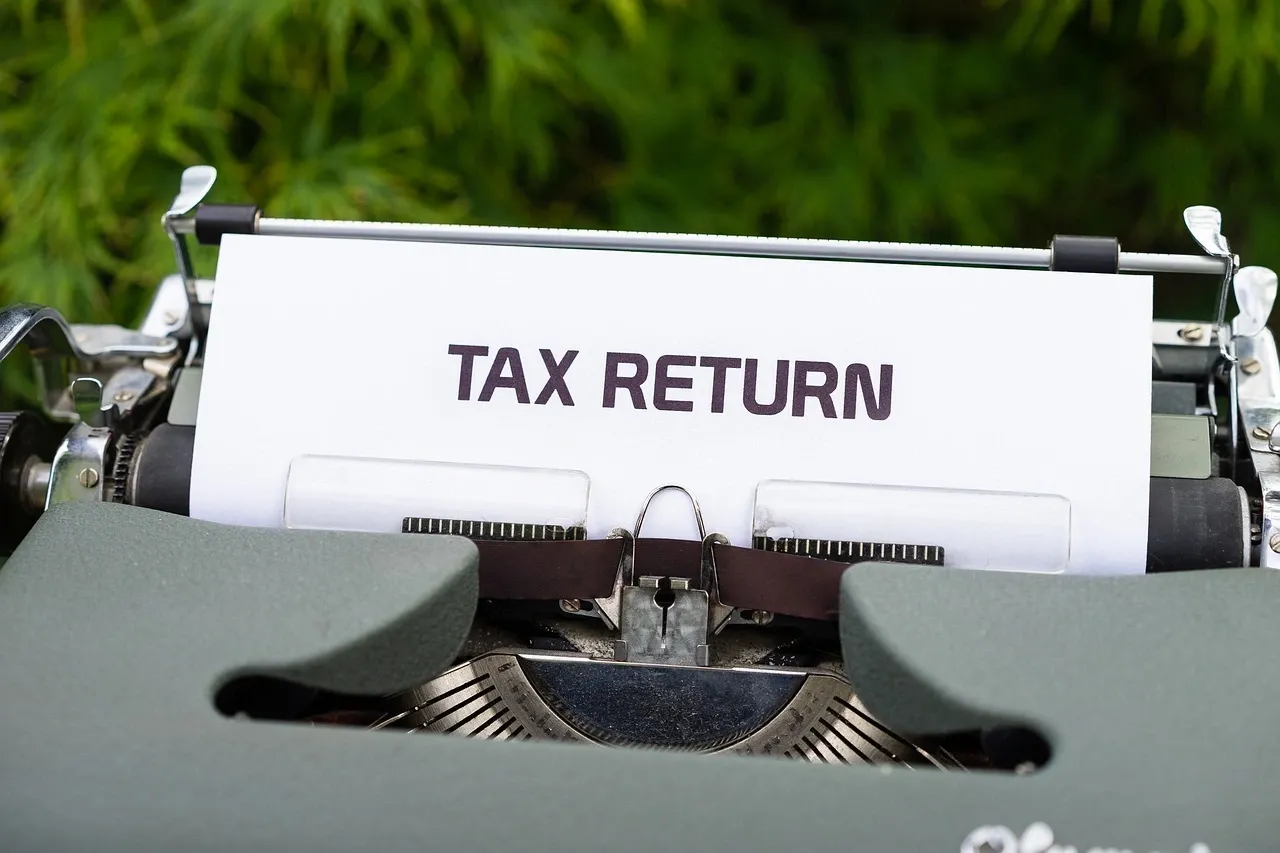Personal Finance News
ITR filling guide for the self-employed
.png)
3 min read | Updated on February 20, 2024, 01:51 IST
SUMMARY
India’s self-employed sector is on the rise. The sector comprised 52% of all employed people in India in 2018-19 (as per Periodic Labour Force Survey (PLFS)). This share has increased to 57% in 2022-23. This implies that the self-employed must be fairly compensated as they are the major drive to the revenue force in India. Let us know how self-employed or freelancers can file their Income tax return (ITR) this year.

ITR filling guide for the self-employed
What constitutes the self-employed sector?
Self-employed are the people who set up their own businesses or practice their professions. So, self-employed includes people owning tea stalls and lawyers having their own firm. Such individuals contribute to the economy by employing themselves and other people who work under them.
If you fall under this category, your tax liability can be broken down into two parts: Income Tax and Goods and Services Tax (GST).
The first component of your tax liability is Income Tax. So, your tax liability depends on your tax slab and the choice of tax regime. For instance, you are a self-employed person with a ₹9 lakh income per year. Your tax slab is ₹7.5 to ₹9 lakh. This attracts a 15% tax under the old tax regime or 10% tax under the new tax regime.
Then comes the GST part. If your aggregate turnover exceeds ₹20 lakh (or ₹10 lakh in north eastern states and hilly areas), you will have to register under GST. And GST rates are applicable as per the goods and/or services you provide.
What is the tax filing procedure for a self-employed individual?
The tax filing procedure involves important steps to ensure compliance with the tax laws. Here's a detailed outline of the tax filing procedure for a self-employed individual.
Eligibility
As a self-employed individual, you must determine if you are entitled to file ITR-4 (SUGAM) for the assessment year 2023-24. Individuals, HUFs, and firms (except LLPs) with income under ₹50 lakh can file ITR-4. Business and professional income is assessed on a presumptive basis under the Income Tax Act.
Required documents
You must collect the following documents: Form 16, Form 26AS, Annual Information Statement (AIS), Form 16A, bank statements, housing loan interest certificate (if applicable), receipts for donations, and investment premium payment receipts, among others.
Aadhaar + PAN
You have to verify that your Aadhaar is linked to your PAN. While you can file your tax return without linking them, linking them gives you full access to the e-filing platform.
Tax regime
You must decide if you like the new or old tax system. As a self-employed individual, you may be able to select between the two regimes, depending on which is more beneficial to your financial condition.
Business income
You must compute your business income using the presumptive taxation schemes outlined in Sections 44AD, 44ADA, or 44AE of the Income Tax Act. These plans enable you to pay taxes on only half of your total annual income. This reduces the tax burden for small taxpayers.
Form 10-IE
If you choose the new tax regime, you must complete Form 10-IE before filing your ITR.
Tax deductions
Self-employed individuals can claim a variety of deductions. Equity Linked Savings Scheme (ELSS), Unit Linked Insurance Plan (ULIP), Insurance FDs, NPS, health insurance premiums, and education loan interest are all eligible deductions. You can use qualifying deductions to lower your tax liability.
Conclusion
You can use ITR-4 (SUGAM) to file your income tax return. After filing the return, you must authenticate it with the electronic verification code (EVC) or digital signature to avoid incorrect ITRs or even delays in tax returns.
By signing up you agree to Upstox’s Terms & Conditions
About The Author
Next Story

